We help Public Servants looking for a Bridging Loan
Navigating the complexities of buying or selling a home can be challenging, especially for public servants with demanding schedules. At Public Home Loans, we specialise in helping you access Bridging Loan options from banks and lenders across Australia. We aim to provide you with a seamless experience, ensuring you make informed decisions that align with your financial situation.
Bridging Loans are designed to help you bridge the gap when transitioning between homes. If you're unsure whether to buy or sell first, a Bridging Loan could be the solution. This short-term loan allows you to purchase a new home while waiting for your existing property to sell, providing flexibility and peace of mind.
One of the primary considerations when applying for a Bridging Loan is your borrowing capacity. Your financial situation, credit history, and Loan to Value Ratio (LVR) will significantly influence the amount you can borrow. In general, the Loan term usually spans 6 to 12 months to sell your existing property, or up to 12 months if your new home is under construction. The loan amount is calculated based on the contract purchase price of the new home minus the expected sale price of your current property, also known as Peak Debt. Once your existing property sells, this reduces to End Debt.
Interest rates are another crucial factor. Bridging Loans often come with variable interest rates, though fixed interest rate loans are also available. Variable loan rates can fluctuate based on the market, while fixed interest rates remain steady throughout the loan term. It's essential to consider which option best suits your financial situation and risk tolerance. Interest rate discounts may also be available, depending on your credit history and the lender's criteria.
Lenders Mortgage Insurance (LMI) may apply if your LVR exceeds 80%, adding to the overall cost of the loan. Calculating Bridging Loan repayments can be complex, as they often involve interest capitalisation—where unpaid interest is added to your loan balance. This can impact your monthly repayments and overall loan cost, so understanding these nuances is crucial.
When considering a Bridging Loan, getting pre-approved can offer a significant advantage. Loan pre-approval helps you understand your borrowing capacity and provides a clearer picture of your financial commitments. The application process typically involves submitting bank statements, proof of income, and other financial documents. At Public Home Loans, we aim to streamline the application process, making it as straightforward as possible.
Another aspect to consider is stamp duty, which can be a significant expense when buying a home. Understanding how this impacts your overall budget is vital. Additionally, an offset account can be beneficial in managing your Bridging Loan. An offset account allows you to reduce the amount of interest you pay by offsetting your savings against your loan balance.
Bridging Loans are suitable for both home loans and investment loans, offering flexibility whether you're purchasing a primary residence or an investment property. However, it's essential to be aware of the local property market conditions, as they can affect your ability to sell your existing home within the loan term.
In summary, Bridging Loans provide a valuable solution for public servants looking to buy or sell a home without the stress of timing both transactions perfectly. By understanding key factors like interest rates, LVR, and borrowing capacity, you can make an informed decision that aligns with your financial goals. At Public Home Loans, we're committed to helping you navigate this process with ease.
To explore your Bridging Loan options and get pre-approved, contact Public Home Loans today. Our expert team is here to guide you through every step of the application process, ensuring you find the best loan solution tailored to your needs.




